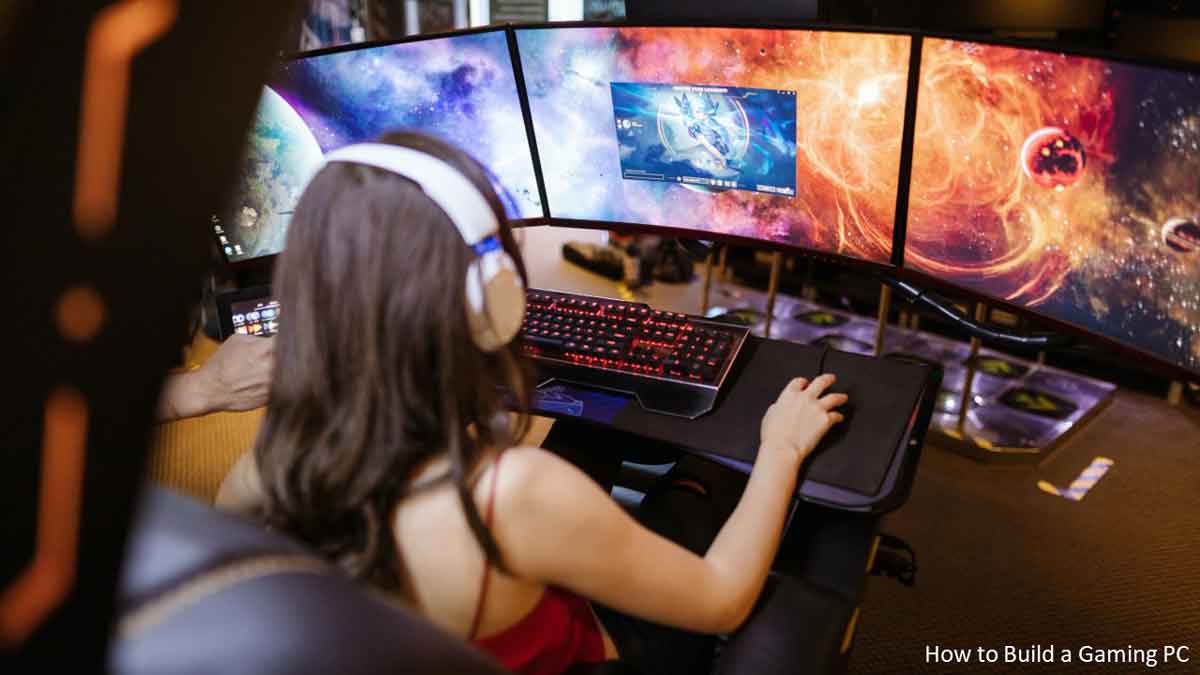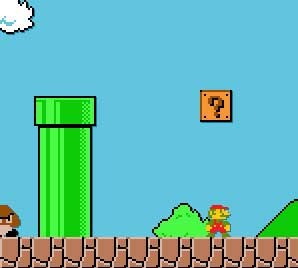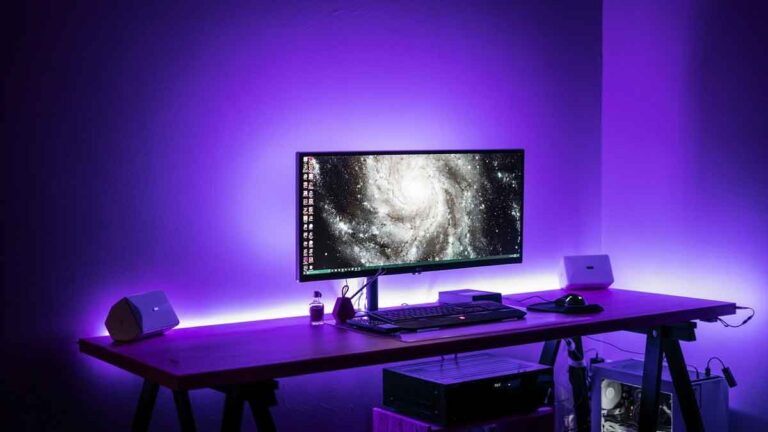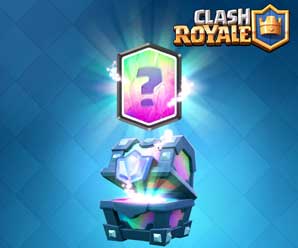How to Build a Gaming PC from Scratch: 5 Steps
How to Build a Gaming PC
Building a gaming PC offers an exciting and rewarding experience. It not only customizes your setup but also gets the best performance for your budget. In this post, we will guide you through the process to build a gaming PC from scratch.

Understanding Gaming PC Components
Before going into the building process, it’s essential to have a solid understanding of the components that make up a gaming PC.
1. Processor (CPU)
The CPU is the brain of your gaming PC, responsible for executing instructions and performing calculations. It determines the overall speed and performance of your system.
2. Graphics Card (GPU)
The GPU is responsible for rendering and displaying graphics on your monitor. It plays a crucial role in gaming performance, as it handles the complex calculations required for realistic visuals.
3. Memory (RAM)
RAM stores temporary data that your PC needs to access quickly. Having sufficient RAM ensures smooth multitasking and faster loading times in games.
4. Storage (HDD/SSD)
Storage drives hold your operating system, games, and other files. HDDs provide large storage capacities at a lower cost, while SSDs offer faster read/write speeds for quicker system responsiveness.
5. Motherboard
The motherboard is the main circuit board that connects all the components of your gaming PC. It provides the necessary interfaces and electrical connections for them to communicate.
6. Power Supply Unit (PSU)
The PSU delivers power to all the components in your gaming PC. It’s important to choose a PSU with sufficient wattage and high efficiency to ensure stable and reliable performance.
7. Cooling System
To prevent overheating, a cooling system is essential. It typically consists of fans, heat sinks, and sometimes liquid cooling solutions to dissipate the heat generated by the components.
Choosing the Right Components to Build a Gaming PC
To build a gaming PC, it is crucial to choose the right components for optimal performance and compatibility.
- Determining Your Budget Before selecting components, decide on a budget that suits your needs. This will help you prioritize your spending and make informed decisions.
- Researching Component Compatibility
Ensure that the components you choose are compatible with each other and fit within your chosen case. Check specifications, form factors, and socket types to avoid any compatibility issues.
Assembling Your Gaming PC
Now that you have your components ready, it’s time to assemble your gaming PC.
1. Preparing the Workspace
Set up a clean and well-lit workspace with sufficient room to work comfortably. Gather the necessary tools, such as screwdrivers and thermal paste.
2. Installing the Processor and CPU Cooler
Carefully align the CPU with the socket on the motherboard, then secure it in place. Apply the thermal paste and attach the CPU cooler, ensuring proper cooling.
3. Installing Memory Modules
Insert the memory modules into the appropriate slots on the motherboard. Ensure they are securely seated, and lock them in place.
4. Mounting the Motherboard
Place the motherboard into the case, aligning the mounting holes. Use screws to secure it, ensuring it’s firmly attached.
5. Installing the Graphics Card
Insert the graphics card into the appropriate PCIe slot on the motherboard. Secure it with screws if necessary, and connect power cables if required.
6. Connecting Storage Drives
Connect your storage drives to the appropriate SATA ports on the motherboard. Use SATA cables to establish the connection.
7. Installing the Power Supply Unit
Position the power supply unit in the designated area of the case. Secure it with screws, and connect the necessary power cables to the motherboard, graphics card, and other components.
8. Connecting Cables
Connect the necessary cables, such as USB, audio, and front panel connectors, to the appropriate headers on the motherboard.
Installing the Operating System and Drivers to Build a Gaming PC
With the hardware assembled, it’s time to install the operating system and drivers.
1. Creating a Bootable USB Drive
Create a bootable USB drive with the operating system of your choice using the provided software or tools.
2. Installing the Operating System
Boot your gaming PC from the USB drive and follow the on-screen instructions to install the operating system.
3. Updating Drivers
Once the operating system is installed, download and install the latest drivers for your components from the manufacturers’ websites.
Fine-Tuning and Optimizing Your Gaming PC
To maximize the performance of your gaming PC, there are a few additional steps you can take.
1. Adjusting Graphics Settings
Explore the graphics settings to adjust them to find the right balance between visual quality and performance.
2. Installing Performance Monitoring Software
Install performance monitoring software to keep an eye on system temperatures, and CPU/ GPU usage.
3. Overclocking
If you’re comfortable with advanced tweaking, you can overclock your components to squeeze out extra performance. However, proceed with caution and ensure proper cooling.
Maintaining and Upgrading Your Gaming PC
Regular maintenance and occasional upgrades can help keep your gaming PC in top shape.
1. Regular Cleaning
Dust your PC regularly, particularly the fans and heat sinks, to prevent heat buildup. Use compressed air or a soft brush for cleaning.
2. Upgrading Components
As newer and more powerful components become available adding more RAM to keep up with the latest games and software.
Conclusion
Building a gaming PC allows you to set up your system to specific needs and ensures optimal performance within your budget. With the right components and proper assembly, you’ll have a powerful gaming setup ready.
FAQs
Is building a gaming PC cheaper than buying one?
Building a gaming PC can be cost-effective as compared to buying a pre-built system, as it allows you to choose components based on your budget and requirements.
Do I need to be tech-savvy to build a gaming PC?
While some technical knowledge can be helpful and there are multiple resources available online to guide you throughout the process.
How long does it take to build a gaming PC?
On average, it can take a few hours to a full day.





